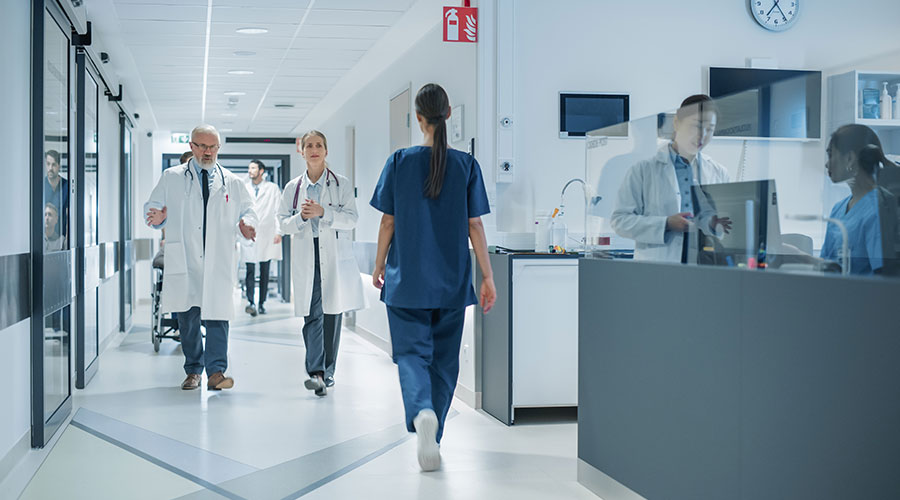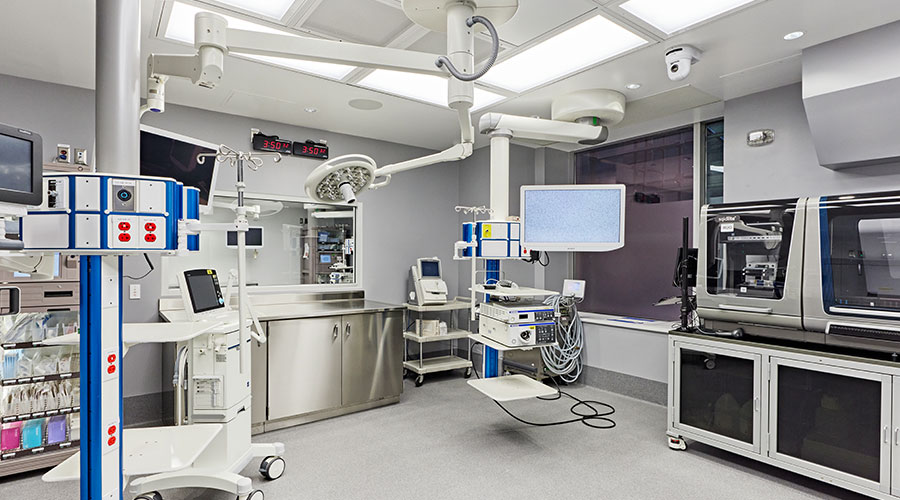Integrating medical devices with electronic health records in order to facilitate meaningful use is possible, but requires facilities to consider how to support increased connectivity requirements.
Regardless of the piece of equipment gathering data, the majority still cannot interface directly with the electronic health record (EHR). This is because the types and formats of information are not standardized. While connectivity solutions exist from medical device vendors and (EHR) vendors, third-party vendors tend to provide the most widely applicable systems, says an article in Health Facilities Management.
Integration solutions are all based on characterizing the medical device as "episodic" or "continuous." An episodic device, such as a vital signs monitor, is shared by many patients and so uses a point-of-care (POC) component to associate the patient with the device and send the patient's information to the server.
Continuous devices might be stand-alone or networked. Stand-alone continuous devices, such as ventilators, stay with one patient over a longer period of time but still require a POC component either attached to the device itself or located in the patient's room in order to transmit data from the device to the server. Conversely, continuous devices that are routinely already networked, such as networked infusion pumps, don't need a POC component.
In order to support this connectivity, facilities need to consider where equipment is located within rooms, especially if it is meant to work with a stationary POC component. Patient rooms will also require more network jacks and power outlets, especially as some medical devices will have to be hardwired. Boosting the facility's wireless infrastructure and creating redundancies will be necessary as more data flows over the network and there is less tolerance for lags or drops in information transfer.
Read the article.

Medical device integration with electronic health records is not plug and play
Integrating medical devices with electronic health records in order to facilitate meaningful use is possible, but requires facilities to consider how to support increased connectivity requirements.
By Healthcare Facilities Today
March 18, 2013
Topic Area: Information Technology
Recent Posts
 8 Operational Considerations for All-Electric Central Plants
8 Operational Considerations for All-Electric Central Plants
All-electric plants can help hospitals meet heating and steam generation needs while reducing operational complexity and improving sustainability.
 Novant Health Breaks Ground on New Facilities in South Carolina
Novant Health Breaks Ground on New Facilities in South Carolina
The Novant Health Bluffton Emergency Department and Novant Health Bluffton Health Place are slated to open in spring 2026.
 Building an Organ Regeneration Lab at UHN's Toronto General Hospital
Building an Organ Regeneration Lab at UHN's Toronto General Hospital
Case study: The hospital overcame space constraints and sterility challenges to create facilities that enhance organ transplant capabilities and global medical training.
 Oracle Health Hit by Data Breach, Patient Data Possibly Compromised
Oracle Health Hit by Data Breach, Patient Data Possibly Compromised
The incident is the latest in a growing list of third-party vendors suffering from cyberattacks.
 Ground Broken on New MD Anderson Sugar Land Facility
Ground Broken on New MD Anderson Sugar Land Facility
Anticipated to open in 2029, the five-story location will be MD Anderson’s largest Houston-area location to date.